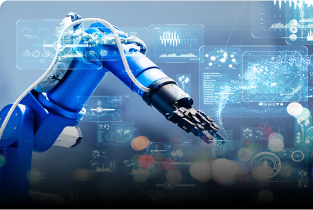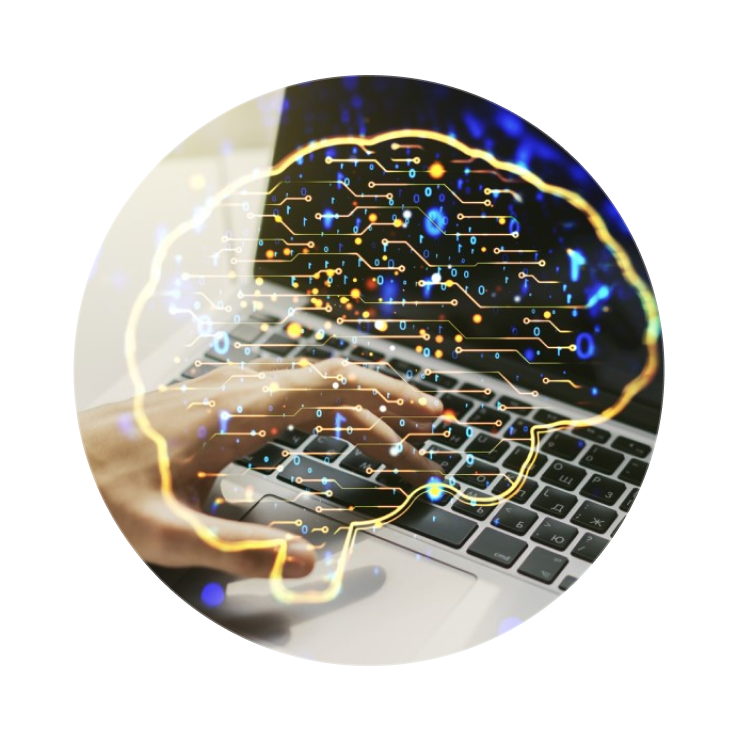Quantitative finance, the field that blends mathematical models, statistical techniques, and computational tools to analyze financial markets, has undergone significant transformation in recent years. As technology advances, the future of quantitative finance is set to be shaped by artificial intelligence, big data, and blockchain technology. This blog explores the key trends and developments that will define the future of quantitative finance.
1. Artificial Intelligence and Machine Learning
AI and machine learning are revolutionizing quantitative finance by enhancing predictive analytics, algorithmic trading, and risk management. These technologies enable financial institutions to process vast amounts of data and identify complex patterns, leading to more accurate market forecasts and improved decision-making.
2. Big Data and Advanced Analytics
The explosion of big data is providing quantitative analysts with unprecedented access to financial and alternative datasets. With advanced analytics, firms can extract insights from news sentiment, social media trends, and real-time transaction data to gain a competitive edge in trading strategies and investment decisions.
3. Quantum Computing in Finance
Quantum computing has the potential to solve complex financial models at speeds unimaginable with classical computers. This could lead to breakthroughs in portfolio optimization, risk assessment, and high-frequency trading, offering firms a major advantage in processing large-scale financial computations.
4. Decentralized Finance (DeFi) and Blockchain
Blockchain technology and DeFi are reshaping traditional financial systems by enabling decentralized trading, lending, and asset management. Quantitative finance professionals are increasingly leveraging blockchain data to develop new financial models and strategies in the evolving digital asset space.
5. Algorithmic Trading Innovations
Algorithmic trading is becoming more sophisticated with AI-driven bots capable of executing trades at lightning speed. Enhanced by real-time market sentiment analysis and deep learning algorithms, these automated systems are optimizing trading efficiency and minimizing risks.
6. Regulatory and Ethical Challenges
As quantitative finance becomes more reliant on AI and automated systems, regulatory challenges surrounding transparency, fairness, and ethical considerations are emerging. Governments and financial institutions will need to develop frameworks to ensure responsible AI usage and mitigate algorithmic biases in financial markets.
7. Integration of Behavioral Finance
Quantitative finance is beginning to integrate behavioral finance principles to account for human emotions and irrational decision-making in financial models. By combining traditional quantitative methods with psychological insights, analysts can develop more robust investment strategies.
8. Rise of Personalized Finance
Advancements in AI and data analytics are paving the way for hyper-personalized investment strategies. Robo-advisors and AI-driven financial tools are tailoring investment recommendations based on an individual’s risk profile, financial goals, and market conditions, making wealth management more accessible.
Conclusion
The future of quantitative finance is being driven by technological innovations, regulatory changes, and evolving market dynamics. AI, big data, and blockchain are set to redefine the industry, while quantum computing and behavioral finance will unlock new possibilities. As the field continues to evolve, financial professionals must stay ahead of these trends to capitalize on emerging opportunities and navigate potential challenges.










